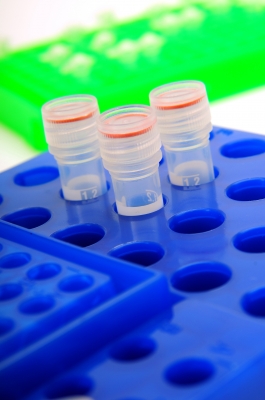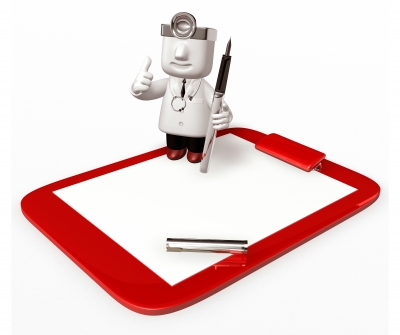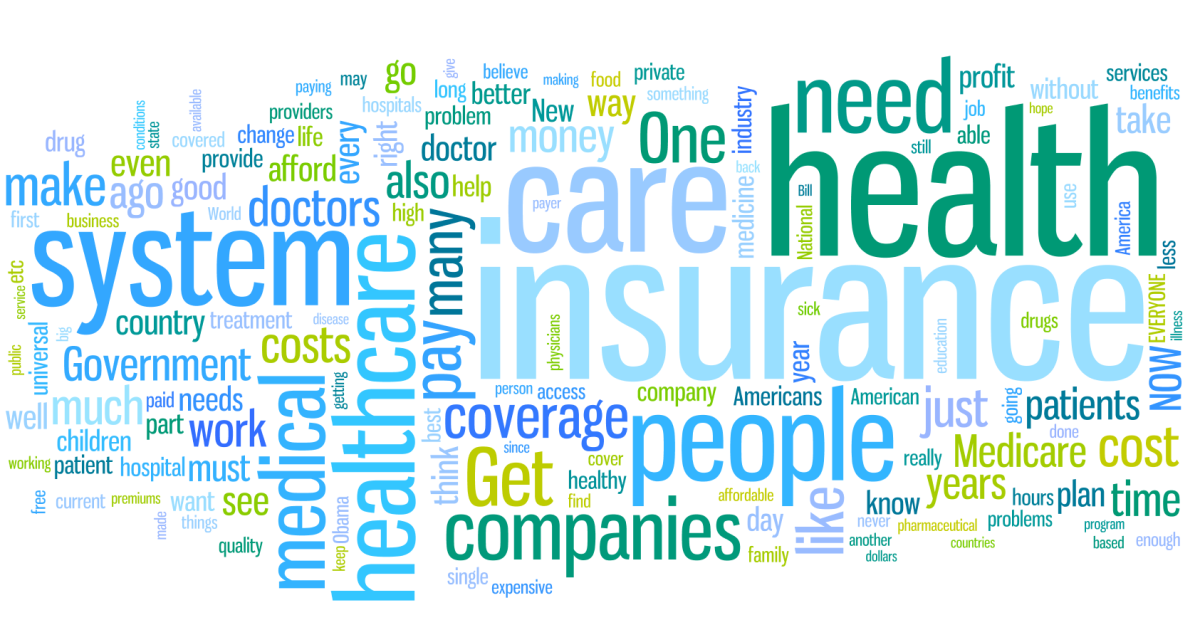Common Emergency Room Processes
Th Emergency Room!
As seen across the United States, wait times in hospital emergency rooms has been on the increase for some time now. Who is responsible? In my opinion, the media, the government, ourselves, lack of education or understanding, and regional/local hurdles all contribute to this rise in number of patients that seek emergency rooms for care that quite frankly should not be treated in the emergency room.
And as emergency rooms become busier it is important to understand general processes that you will encounter during your visit and why these processes are in place. It is also important to understand the people that work in this high stress environment so that you know what they do and why they may or may not be able to answer some of the more common questions you may have.

Triage
Triage is the initial process in the progress of being evaluated in the emergency room, and put simply is when a clinical staff member, usually a nurse, will assign a degree of acuity to a patient to determine the order in which the patients should be seen.
So how does this clinical staff member assign a degree of acuity? The triage area is where you will speak with a clinical staff member and they will ask you questions to determine what brought you to the ER, and will also get your vital signs (blood pressure, heart rate, temperature, and oxygen saturation), ask you questions to determine signs and symptoms that are presenting. They may also ask questions to get your height and weight, who is your primary care physician,if you smoke, etc.
The Triage processes will differ from emergency room to emergency room but the logistics will be uniform in most cases. You may talk to a registration person first that will get your basic demographic information, a form of identification, and insurance cards. So it is important to have these documents handy when asked for them.
If you come to the emergency room by ambulance you may be taken directly to room or you may be taken to the triage area. Many people have the impression that if you come by ambulance then you will automatically be taken to a room; however this is not correct because you instead may be taken from the ambulance to a triage area. This is due to the rising number of visits to emergency rooms across the country and many of these ERs are full on a consistent basis and although you can by ambulance your illness or injury may not be as serious as someone who is in the waiting area.
Staff you may encounter in triage
Staff
| What they are
| What They Do
|
|---|---|---|
Nurse
| Will be the person that performs initial assessment
| |
Tech
| Will help the triage Rn obtain vital signs
| |
Mid-level Provider
| Nurse Practioner
| Will order initial labs, x-rays, CTs, etc.
|
Non-Clinical
| Customer Service, Registration, Security
| There for you and everyone else. To answer questions, get patients registered, get insurance information, and keep the ER safe.
|
Understand that all emergency rooms are different and you may or may not see all of these staff members in this specific area.
How long have you waited in the Emergency Room
Departments within the Emergency room
Many emergency rooms have more than one section in order for patients to get the best level of care and to help with the flow of the department. These sections other than the main emergency area that can include but are not limited to: Minor Care sections, chest pain, women’s, pediatrics, behavioral, and trauma.
Minor care areas are becoming an increasingly more important aspect of many emergency rooms across the country. These areas may go by other names such as, Urgent Care, Prompt Care, Fast Track, etc. These areas are used to help speed up the flow of the department and usually treat patients with non-life threatening conditions like cold/flu, small lacerations, other minor injuries and illnesses.
Chest Pain areas are there to treat patients that present to emergency rooms with signs and symptoms of cardiac related problems. A common misconception is that these areas only treat patients that may be having a heart attack, however these types of areas will treat patients with all types of cardiac related complaint such as, bradycardia (low BP), abnormal heart rhythms, patients in cardiac arrest, etc.
Women areas are sections of the emergency room that is designed to treat OBGYN related complaints. Many smaller hospitals will not have a designated area solely for OBGYN complaints, however some larger emergency rooms will have these dedicated areas due to needing specialized beds and equipment to evaluate complaint of OBGYN nature.
Pediatric areas within an emergency center are there to treat children and those up to a certain age usually 16-17 years old. Although these areas are specialized for pediatric patients, in many cases the same emergency room doctors will staff these areas. The need for pediatric areas is that it affords the space to keep specialized equipment and supplies that are specific to the care of a pediatric patient.
Behavioral areas are there to separate those patients that are brought into the emergency room to be evaluated with mental health complaints. Mental health has become an increasing concern in many areas across the country and many emergency rooms have areas that are specifically designed for the care of these types of patients, that in many cases need to be separated from the traditional emergency room patients.
Trauma areas treat specifically trauma related injuries. These areas a specialized areas equipped for handling trauma related complaints such as injuries sustained in motor vehicle accidents, falls, stabbings, shootings, etc.
Waiting Areas
In many emergency rooms across the country there is usually one main waiting area for patients, and there maybe emergency rooms that have waiting areas for each section of the Emergency room, but far fewer than those that have a centralized waiting area. Recently there has been an increase in medical facilities having waiting areas for sick patients that are separated from well patients. Sick patients are those that have contagious illnesses such as cold and flu, and well patients being those that have come to be treated for other illnesses and injuries.

Tests
If you find yourself at an emergency room it is because you are having signs and symptoms of an illness or injury, for example if you feel like you may be having a heart attack you could possibly be experiencing chest pain, tightness in your chest, pain radiating to your neck, arm, or back. The doctor can only assess you to a certain point before needing to perform certain tests to fully diagnose what is going on. These tests can include labs (blood, urine, stool), x-rays, EKGs, CAT scans, MRIs, etc. Some of these tests can be done quickly, and others may take awhile to get completed and then returned to the doctor to review, so be patient.
Diagnosis / Admittance
After the doctor has done an initial assessment and reviewed all of the ordered tests the doctor can come to a diagnosis that will either allow you to be discharged home or admitted into the hospital for further observation, surgery, more intensive management of illness, etc.

Discharge
If you the doctor feels that what injury or illness you have is not serious enough for you to be admitted into the hospital they will either discharge you home with the proper medications and paperwork that explain what the diagnosis is, and what you need to do to help in the recovery of that illness or injury.
If the doctor finds a diagnosis of something more serious they will admit you to the hospital and turn your care over to admitting physician who will treat you for the remainder of your stay.
Visiting the Emergency Room
If you have a family member or friend that is a patient in the emergency room it is important to understand that your role as a visitor is extremely important. Many emergency rooms have visitation policies, and many allow one to two visitors per patient. It is important to understand that these policies are put into place because most rooms in these types of areas are small and the clinical staff needs room to work in order to give your family member or friend the best possible care.
If the patient you are there to visit is in critical condition, many emergency rooms will not allow you to visit until they get the staff in stable condition, and get all necessary tests completed. If you find yourself in this trying situation, understand that the staff is busy giving the best care they can to your patient and will keep you updated and will allow you to visit when the time is appropriate.
To those that have friends or family that has checked into the emergency room as a behavior health patient, in many emergency rooms they will not allow you to stay in the room with your patient. This is to help the staff treat the patient for the reason they are there, and with someone in the room it could cause the patient to become more agitated and may keep the patient from being honest about why they are there. Many emergency rooms that have behavioral health areas will allow you to visit but it may have to be scheduled and most likely will be for a set duration and limited in number of visitors.








